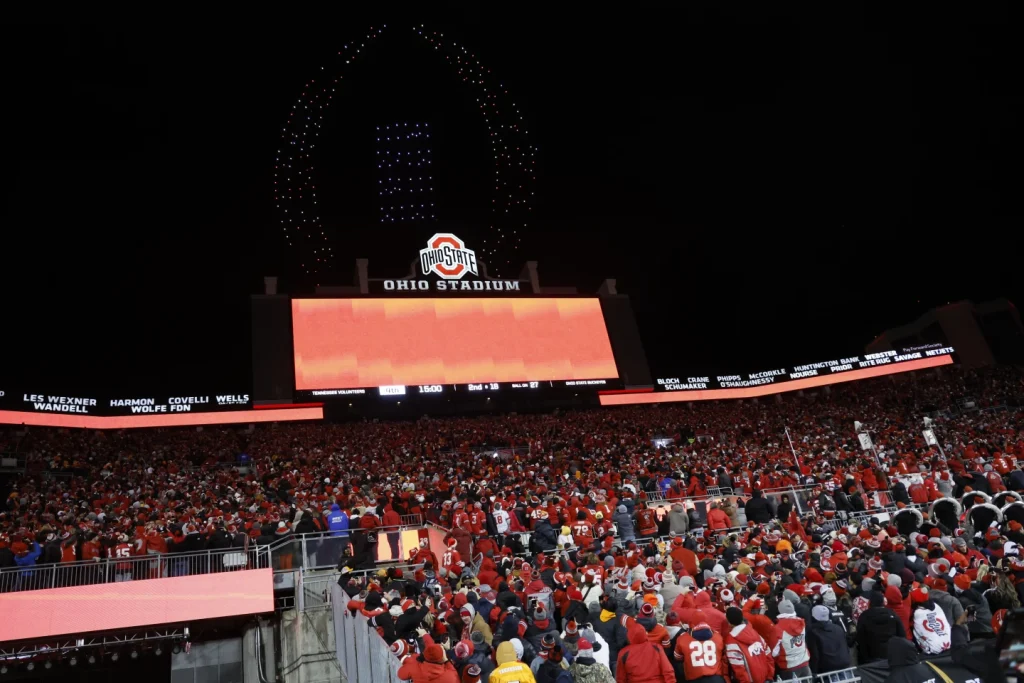A New Game: How Universities Are Funding the Future of College Sports

College athletics is now a professional business, and schools are getting creative to keep up. From selling brand space on the field to hiking ticket prices and tuition fees, universities are finding new ways to generate revenue to support the evolving landscape of college sports.
The era of amateur college athletics is over. Following a landmark lawsuit settlement, universities are now required to share revenue with athletes, a move that is transforming college sports into a multibillion-dollar industry that looks more and more like the pros. This shift has created an urgent need for schools to generate massive new streams of income to stay competitive.
Selling the Field and Raising Prices
In a move that mirrors professional sports, universities are now selling prime advertising real estate on their fields. The University of South Carolina recently announced a landmark deal with a machinery company to put its logo on the football field, a partnership that its athletic director, Jeremiah Donati, called the “largest single financial investment into our athletics department in our history.” This type of on-field branding was restricted just over a year ago, but is now a critical tool for schools.
But schools aren’t stopping there. They’re also asking fans and students to pay more.
- Ticket and Concession Fees: Schools like the University of Tennessee have introduced a 10% “talent fee” on all athletic tickets, while Arkansas added a 3% “Student-Athlete Scholarship Enhancement Fee” to concessions.
- Student Fees: Universities such as Clemson and South Carolina have added annual athletic fees to tuition, generating millions of dollars to support their athletic programs.
Borrowing and Begging
For schools that aren’t landing massive sponsorships, the financial pressure is immense. Virginia Tech’s athletic director, Whit Babcock, recently warned that the school needs a $44 million budget increase to avoid falling behind. To close the gap, some schools are turning to their own university for help.
- Internal Loans: Kentucky’s board of trustees approved a $141 million loan to its athletic department, while Missouri covered a $15.2 million deficit with an “internal loan.”
- Booster Donations: Athletic directors are being transparent with their fan bases about the financial strain. Michigan’s athletic director, Warde Manuel, sent a letter to fans detailing a projected $27 million deficit, asking for continued financial support.
At some schools, this support comes with unique perks. Oklahoma offers fans the chance to sit in on post-game news conferences for a fee. Other programs, like the University of Kansas, are benefiting from the generosity of wealthy alums. Billionaire David Booth recently gave the school a record-breaking $300 million donation, which is expected to create a self-sustaining revenue stream for decades.
As the financial requirements of college sports continue to grow, universities are scrambling to find new ways to stay afloat. Whether it’s through corporate branding, increased fees, or generous donations, the new era of college athletics is a costly one for everyone involved.

